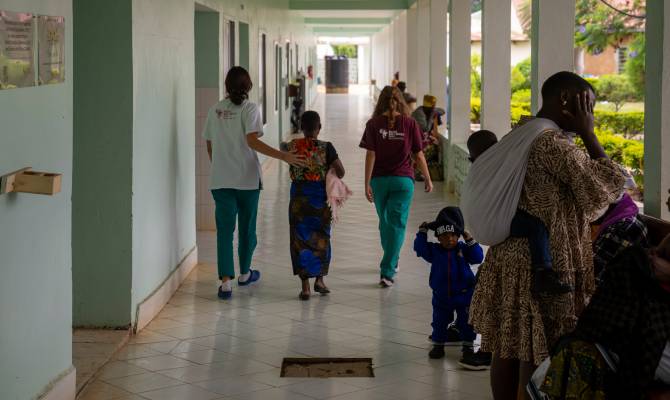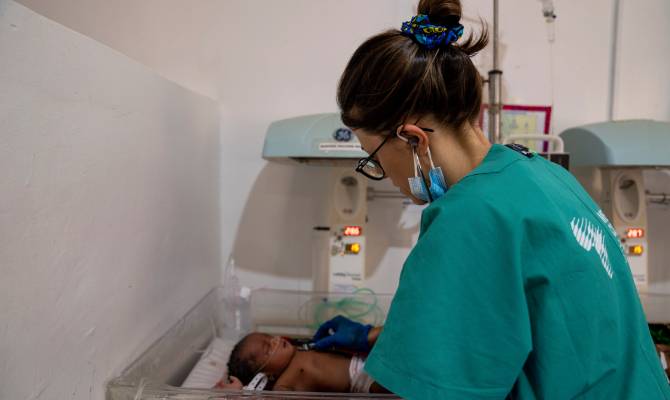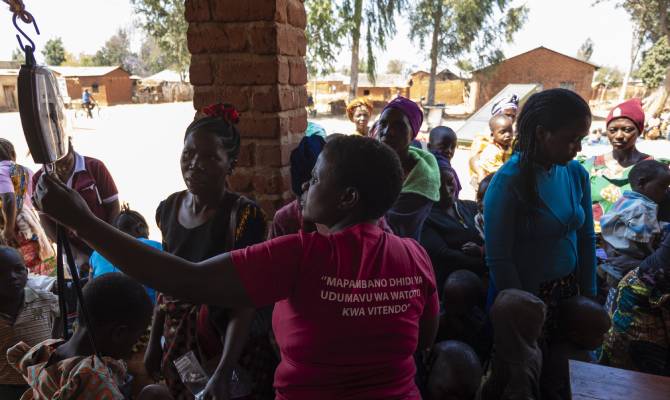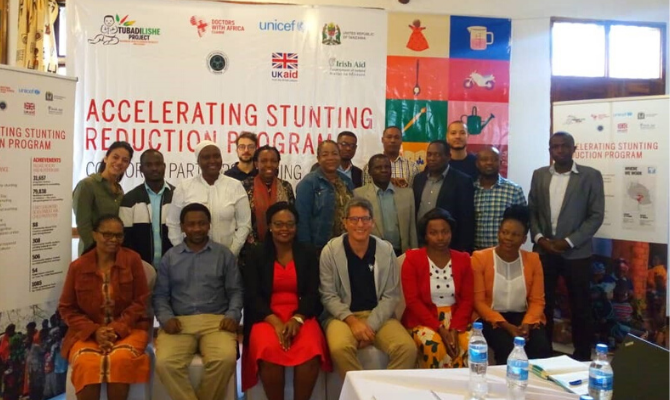The pediatric ward of Tosamaganga Hospital, located in the Iringa region, Tanzania, receives dozens of patients daily. Children arrive with fevers, injuries from domestic accidents, or in a state of extreme weakness, often due to malnutrition, as in the case of Moses a one‑and‑a‑half‑year‑old child.
“When Moses arrived at the hospital in his mother’s arms, his condition immediately appeared very serious,” said Giulia Guerrini, pediatrics resident at Tosamaganga hospital. “His abdomen was extremely swollen, and his body was covered with edema—common signs of severe protein-energy malnutrition, known as kwashiorkor.”
Kwashiorkor is a type of malnutrition characterized by severe protein deficiency, a severe condition prevalent in developing countries. Originally, the term described an illness affecting a child who is no longer breastfed when a new sibling is born, typically impacting children under five years old. Contributing factors include a protein-deficient diet—mainly consisting of rice, cassava, or maize—recent infections, or weaning from breast milk.
“Knowing how to feed one’s children isn’t straightforward in contexts like this,” explains Giulia Guerrini. “Often, mothers stop breastfeeding and start feeding their children cassava flour and water. But it’s not just about availability and resources; it’s also about education and lack ok knowledge.”
The first five years of a child’s life are extremely delicate, especially in the areas where we operate. Breastfeeding, followed by proper weaning, is critical for healthy growth. Breast milk provides essential nutrients and amino acids. Even after weaning, it’s vital to ensure children receive these nutrients through other food sources. Improper weaning without essential nutrients can lead to dramatic consequences.
Moses took a long time to recover; his hospitalization was lengthy and complex. For about a month and a half, the medical staff at Tosamaganga closely monitored him, managing complications as best they could. However, he wasn’t without familial affection during his hospital stay.
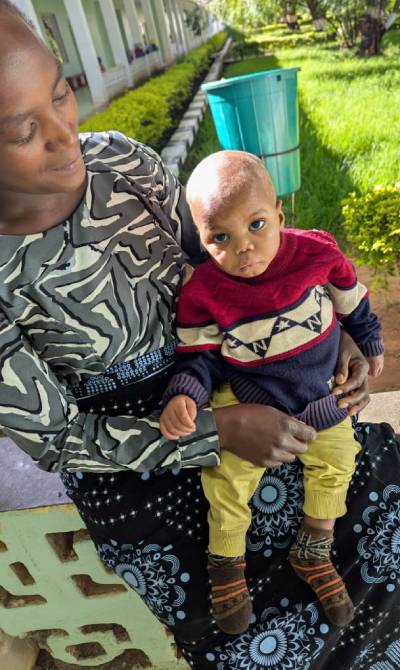
“It was touching to see the care and concern two women, neighbors, showed Moses throughout his hospitalization. His mother had to stay home to care for her newborn, so these women took turns daily, participating in every decision regarding Moses’ health. They are mothers themselves, with families and responsibilities, yet they chose to help their friend and be mothers to Moses in that hospital room,” said Giulia.
After over forty days in the hospital, Moses’ health conditions strated improving. The edema gradually disappeared, the swelling subsided, and he started gaining weight.
Tosamaganga Hospital is a reference point in the Iringa region. As Giulia mentioned, malnutrition remains the leading cause of death for children under five in the area. In 2024 alone, Doctors with Africa treated 129 children who arrived in a state of severe malnutrition.

